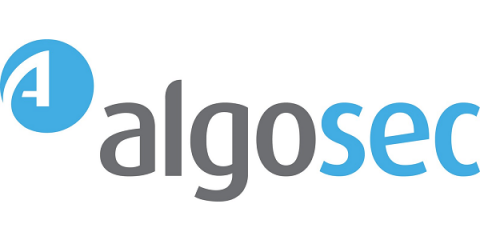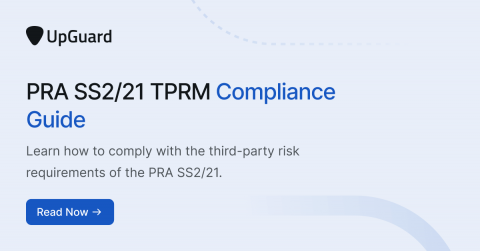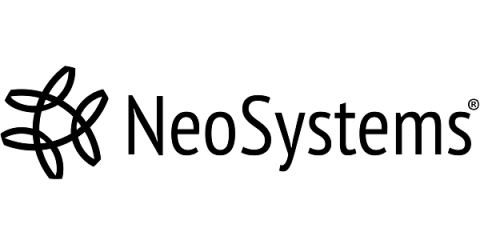Security | Threat Detection | Cyberattacks | DevSecOps | Compliance
Compliance
Trust Assurance: The Movement that's Making GRC Believable Again
In business, we measure everything. Like the saying goes, “What gets measured gets done,” and most companies pay close attention to KPIs like qualified leads, new pipeline, net customer retention and fraction of roadmap completed on time. But if you were asked, “Are you meeting all your trust obligations with your employees, customers, board members, and the government?”, how would you answer?
Trust Talks with Dan Walsh, CISO at VillageMD
SOC 2 Compliance for SaaS Startups & Top Pitfalls to Avoid
FTC extends deadline by six months for compliance with some changes to financial data security rules
In a highly connected, internet-powered world, transactions take place online, in person, and even somewhere in between. Given the frequency of digital information exchange on our devices, including smartphones and smart home gadgets, cybersecurity has never been more important for protecting sensitive customer information. In response, the US Federal Trade Commission has rolled out updated measures to ensure that customers’ details are fully protected.
Continuous compliance monitoring best practices
As organizations respond to an ever-evolving set of security threats, network teams are scrambling to find new ways to keep up with numerous standards and regulations to dodge their next compliance audit violation. Can this nightmare be avoided? Yes, and it’s not as complex as one might think if you take a “compliance first” approach.
PRA SS2/21: A Third-Party RIsk Management Compliance Guide
In recognizing the growing impact of third-party risks on operational resilience, the Prudential Regulation Authority (PRA) has established new regulatory requirements in the areas of third-party risk management and outsourcing. The details were published in a Supervisory Statement that has been put into effect since March 2022.
3 Effective Tips for Cloud-Native Compliance
From Compliance Automation Software to a Trust Assurance Platform
Standing up a strong compliance program is critical for any organization expected to show adherence to SOC 2, HIPAA, PCI, ISO27001 and other frameworks – and it can be very challenging. For starters, you have to juggle evidence collection, task management, policy mappings, and monitor controls across multiple frameworks.











